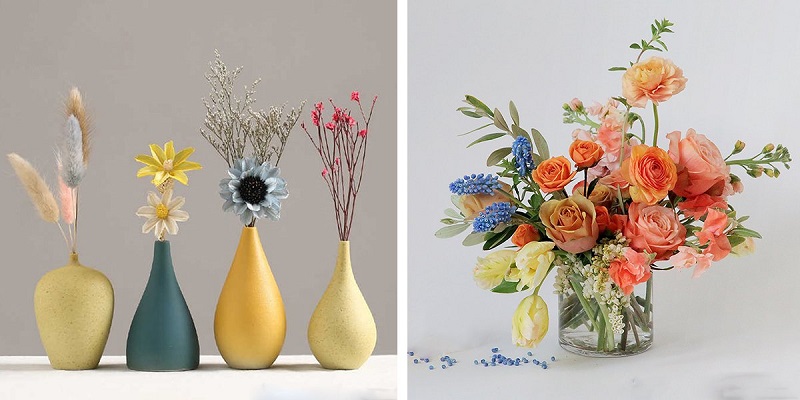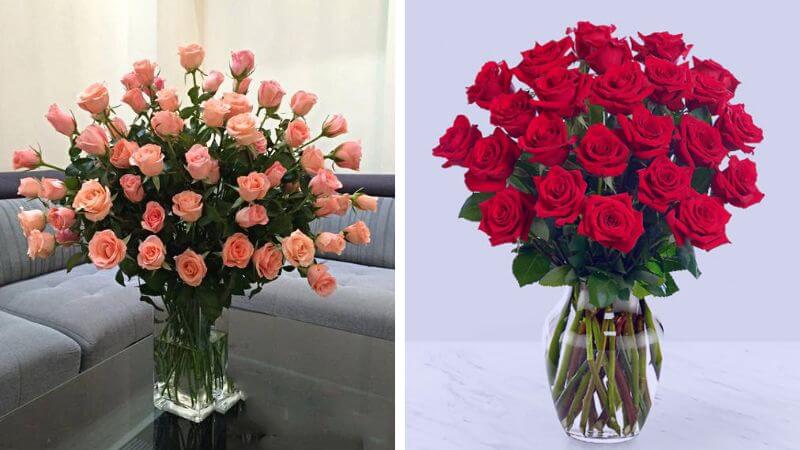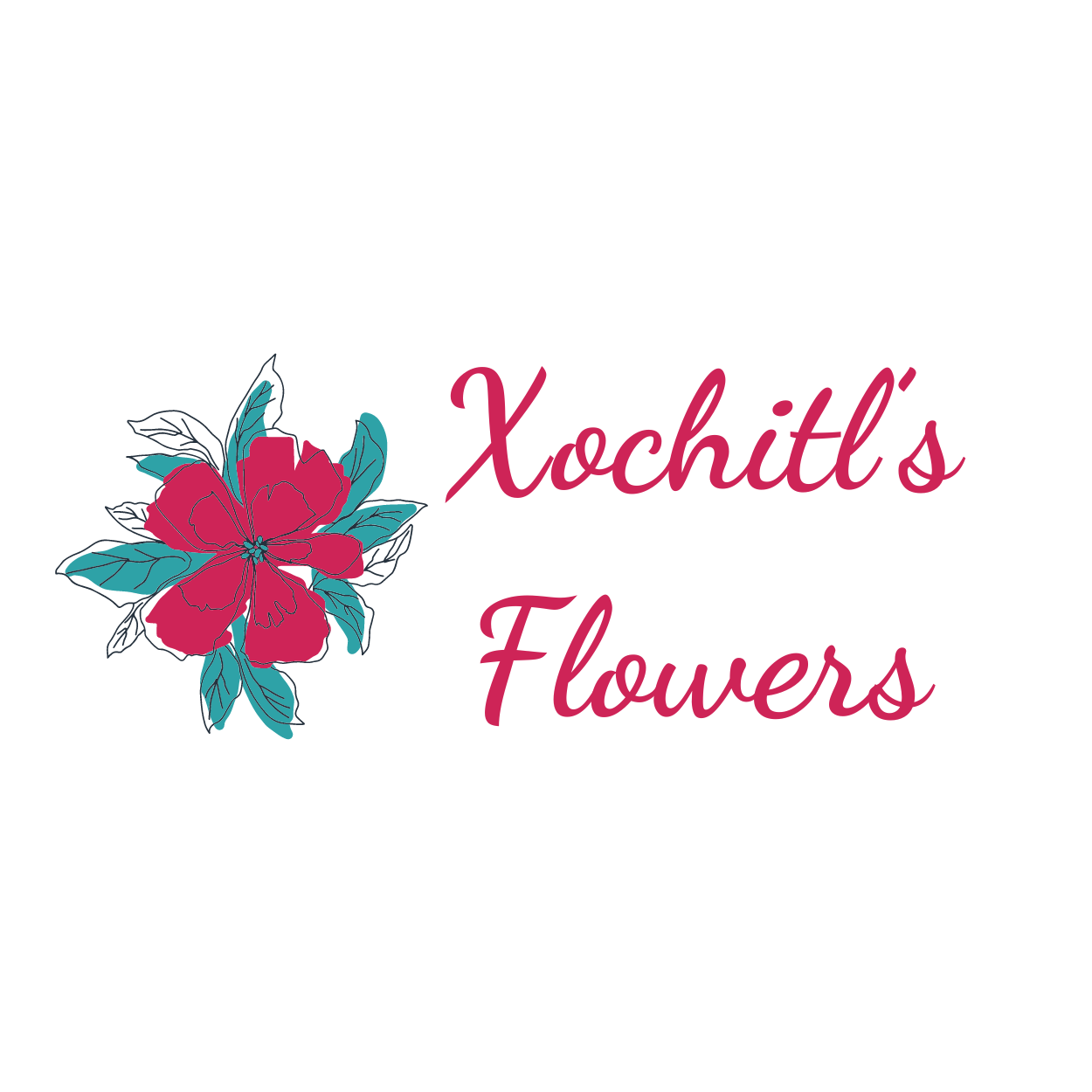Flowers possess an extraordinary ability to transform any space, adding beauty and elegance to everyday life and special occasions. A well-arranged bouquet or centerpiece can elevate the ambiance of a room or event, making it memorable and inviting. Whether you’re preparing for a celebration, looking to brighten up your home, or simply exploring a new hobby, understanding the art of flower arrangement is essential. This comprehensive guide will walk you through the essential principles, techniques, and inspirations needed to create stunning floral displays that captivate and enchant.
Understanding Flower Arrangement Basics
Elements of Flower Arrangement
Line: The line defines the shape and structure of the arrangement, guiding the eye through the design.
Form: The form refers to the overall shape and structure of the arrangement, contributing to its visual impact.
Color: Color choices are critical for creating harmony and visual appeal. Consider the color wheel and complementary colors for effective design.
Texture: Texture adds depth and interest. Mix different textures by combining flowers with varied petal surfaces and foliage.
Space: Effective use of space enhances the design by preventing overcrowding and emphasizing key elements.

Principles of Flower Arrangement
Balance: Achieve balance through symmetrical or asymmetrical distribution of flowers and foliage to ensure a pleasing look from all angles.
Proportion: Maintain proportion by ensuring that the size of the flowers and the container are in harmony, preventing the arrangement from looking too top-heavy or unbalanced.
Rhythm: Create rhythm through the repetition of colors, shapes, or lines to lead the viewer’s eye and create flow.
Harmony: Ensure harmony by selecting flowers and colors that complement each other, creating a cohesive and unified design.
Selecting Flowers and Foliage
Choosing Flowers
Popular Flower Types: Consider classic options like roses, lilies, peonies, and tulips. These flowers are known for their beauty and versatility.
Flower Characteristics: Pay attention to factors like longevity, scent, and color variations. Choose flowers that align with your design vision and will last throughout the display period.
Selecting Foliage
Types of Foliage: Use greenery such as eucalyptus, ferns, and ivy to provide structure and texture. Foliage complements flowers and enhances the overall arrangement.
Role of Foliage: Foliage helps in framing the arrangement, filling in gaps, and adding visual interest through its texture and color.
Tools and Supplies
Essential Tools
Floral Foam or Oasis: These tools help secure flowers in place and provide stability.
Floral Tape and Wire: Use these for additional support and to shape the arrangement as desired.
Pruning Shears or Floral Scissors: Essential for cutting stems to the appropriate length.
Flower Food and Preservatives: Add to water to prolong the freshness and lifespan of the flowers.
Containers and Vases
Types of Containers: Choose from glass vases, ceramic pots, or metal containers based on the style and size of your arrangement.
Choosing the Right Container: Ensure the container complements the arrangement style and provides adequate support for the flowers.
Flower Arrangement Techniques
Basic Techniques
Preparing Flowers: Cut stems at an angle and remove excess foliage and thorns to enhance hydration and appearance.
Creating a Base: Use floral foam or tape to establish the base and secure flowers. This helps in maintaining the structure of the arrangement.
Arranging Flowers: Start with focal flowers to establish the main points of interest. Add secondary flowers and fillers to complete the design, adjusting for balance and proportion.
Advanced Techniques
Creating Depth and Dimension: Layer flowers at varying heights and angles to add visual interest and depth.
Incorporating Unique Elements: Experiment with additional items like fruits, branches, or decorative accessories to enhance the arrangement.

Design Styles and Inspirations
Popular Design Styles
Traditional: Features classic arrangements with symmetrical designs and formal aesthetics.
Contemporary: Embraces modern, minimalistic designs with innovative use of materials and forms.
Rustic: Focuses on natural, unstructured designs that incorporate organic elements and a casual charm.
Tropical: Uses bold colors and exotic flowers to create vibrant and eye-catching arrangements.
Seasonal Inspirations
Spring: Incorporate fresh blooms like tulips, daffodils, and lilacs for a lively and vibrant look.
Summer: Use bright flowers such as sunflowers, zinnias, and dahlias to capture the essence of the season.
Fall: Opt for warm tones with chrysanthemums, dahlias, and seasonal foliage for a cozy, autumnal feel.
Winter: Create elegant designs with poinsettias, amaryllis, and evergreens for a sophisticated winter look.
Caring for Flower Arrangements
Watering and Maintenance
Regularly Refreshing Water: Change water frequently to prevent stagnation and bacterial growth.
Using Flower Food: Add flower food to the water to nourish the flowers and extend their freshness.
Handling and Placement
Avoiding Direct Sunlight: Place arrangements away from direct sunlight to prevent wilting and fading.
Keeping Arrangements Cool: Maintain a cool room temperature to prolong the life of the flowers.
Troubleshooting Common Issues
Addressing Wilting or Drooping Flowers
Re-Cutting Stems: Trim stems and place flowers in clean water with flower food to rejuvenate wilted blooms.
Using Floral Preservatives: Ensure proper hydration and nourishment to prevent further wilting.
Fixing Design Imbalances
Adjusting Flower Placement: Reposition flowers to achieve better symmetry and balance.
Adding or Removing Elements: Make adjustments to enhance the overall harmony and appeal of the arrangement.
Creative Ideas and Personalization
Incorporating Personal Touches
Using Favorite Flowers: Incorporate flowers that have special meaning or significance to personalize the arrangement.
Adding Unique Elements: Use thematic or sentimental items to enhance the design and make it uniquely yours.
Exploring Creative Arrangements
Floating Arrangements: Experiment with flowers floating in bowls or vases for a unique visual effect.
Floral Wreaths and Garlands: Create versatile and decorative floral pieces for various settings and occasions.
Conclusion
Creating beautiful flower arrangements is a blend of art and technique, requiring an understanding of design principles and a touch of creativity. By mastering the basics, experimenting with different styles, and paying attention to the care and maintenance of your flowers, you can craft stunning displays that bring beauty and joy to any space or occasion. Embrace the creative process, enjoy experimenting with various elements, and let your floral designs reflect your personal style and vision.
